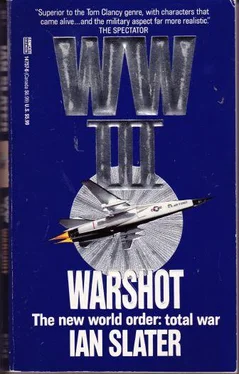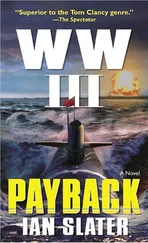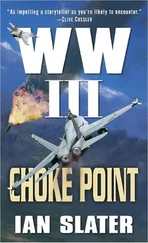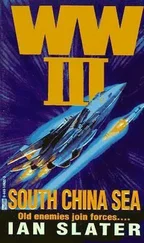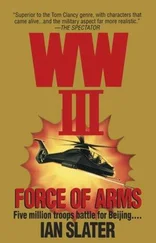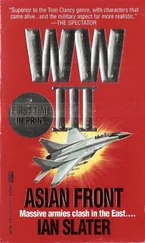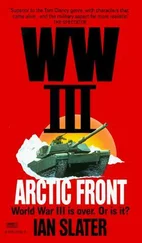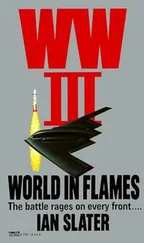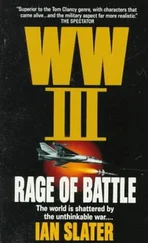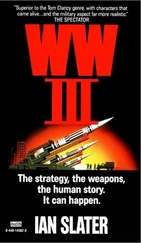“Right!” said the doctor, sitting on the stool in front of the examination chair. “What letters can you make out?”
“Where?”
“On the chart.”
“What fucking chart?”
* * *
That afternoon, Frank Shirer was officially posted back on the active duty list, but the day was to end in disappointment. It hadn’t occurred to him that once he got back on the active list he would be assigned anything else but fighters. However, with not enough fighters to go around, and his earlier experience of flying 727s coming up on the Pentagon’s screen, he was assigned to Far East Bomber Command, Nayoro, Japan. B-52s. For Shirer it was like being told you’d been assigned to driving a Mack truck after having been at the wheel of Alfa-Romeos.
* * *
Lana was delighted. With Japan so close to Siberia, only F-111s and one or two of the precious few Stealth B-2 bombers were being used, as far as she knew — the long distance B-52s merely on reserve standby.
“Too bad,” she lied. “But it’ll help you to have a new challenge.”
“Challenge! I can fly a B-52 blindfolded.”
“Is it that easy?”
“Well, no, but hell, after flying Tomcats. They don’t call B-52s ‘BUFFs’—big ugly fat fellows — for nothing. Anyway, they’re not using B-52s over there — least not where it counts.”
“Oh?” Lana said, sounding disappointed. “Too bad, hon.”
He turned to her. “You serious?”
“Of course.”
“Really?”
“Yes.”
“I’ll grow old in B-52s,” he said morosely.
“When will you be shipping out?”
He handed her the fax. “Tomorrow. They don’t waste any time once you’re fit, do they?”
“Well, it’s what you wanted. I mean at least you’ll be flying and—”
“Yeah, sure.”
* * *
It was a bright clear day over Roosevelt Island, with Manhattan towering against a background of a hard blue winter sky. Johnny Ferrago bent down to hoist his six-year-old daughter Linda onto his shoulders so she could see over the crowd gathering for the opening of the third water tunnel. Johnny was what was known in the excavating business as a “sandhog,” one of the “unsung thousands,” as The New York Times editorial put it, who, risking deafness, silicosis, and a range of other subterranean maladies, not to mention cave-ins, had labored for the past ten years to keep not only Manhattan, but the whole of New York alive. Blasting and drilling over seven hundred feet below ground, the sandhogs had carved out a sixty-mile-long, twenty-foot diameter third tunnel. This would boost the 1.5-billion-ton capacity of New York’s water supply to 2.25 billion — the third tunnel taking the strain off one and two, which, fed by the underground aqueducts coming down from the Hillsview Reservoir, passed under the Bronx, exiting on West Thirty-fourth.
“Daddy?”
“Yes, hon?”
“Won’t all the water be dirty?”
Ferrago’s wife, Lenore, smiled as he pulled young Linda forward over his head and, looking up, ostrichlike, said, “Hey, what you think your daddy’s been doin’ all this time? That water’s clean as you can get.”
Ferrago’s twelve-year-old son, Danny, his face all but covered by the collar of his parka and earmuffs, grumbled, “Can’t be clean as snow water.”
“What the hell you talking about?” said Johnny.
“You shouldn’t say that, Daddy,” came Linda’s voice from above.
“Sorry, little girl. But that water’s passed the sniffer test, Danny. Better than half the bottled water you can buy.”
“What’s a sniffer test?” asked Danny sullenly, wanting to know, but his pride at odds with his curiosity.
They could hear a murmur in the crowd of several thousand strong, someone saying the governor, with police escort, was approaching. He wasn’t — it was traffic control cops on bikes keeping everyone behind the tape. “Sniffer test,” Johnny Ferrago explained to Danny, “is done by a lady who sniffs the water. Right? Like a wine tester.”
“They don’t drink it, Daddy.”
“Sure they do, Lindy—”
“No, Daddy. I saw it on ‘Mister Rogers.’ They spit it out.”
“She means wine tasting,” put in Lenore, his wife.
“Oh,” said Johnny, looking up at his daughter. “That’s right, honey. They don’t drink the wine. Maybe the lady doesn’t drink the water, but it’s the best test they have.” He looked down again at Danny, to include him in the conversation. “Some people can smell bacteria better than a machine. How about that, eh, Danny?”
“Yeah,” said Danny. “I can’t see anything.”
“Well, you ‘scuse yourself,” Johnny told him, “and move up front. Your mom can’t hold you up. You’re too big.”
“Don’t want to go up front.”
“All right then, stop squawkin’.”
“I’m not squawkin’.”
“All right, you two,” said Lenore. “Cool it. We’re supposed to be having fun. Remember?”
“How do they clean the water, Daddy?” asked his daughter, her head bending down over his.
“Don’t have to, honey. Sunshine kills a lot of the bugs, and all the other bad stuff settles down in a big dam.”
“What’s a dam?”
“Well, place where you collect water. Lots of it. Keep it still so all the bad stuff can settle out. Then they put a seki disk — sort of like a black and white lid — down into the water. They have to be able to see it for at least two meters — that’s just higher than Daddy. If they can still see the disk, then the water’s safe.”
“How come we drink bottled water, then?” pressed Danny.
“Don’t be a smartass, Danny,” said Ferrago sharply. “Because I don’t like all that chlorine they put in tap water, that’s why.”
“Miss Lawson at school says they put fluoride in it. It’s good for your teeth.”
“Yeah, well,” said Johnny, “far as I’m concerned, the jury’s still out on that one.”
“What’s a jury, Daddy?” asked Linda.
“Never mind,” said Johnny crabbily. “You keep your eyes on all the people going up there on the dais — the stand. You see the mayor’s limo yet?”
“No.”
“Can you see ‘em?” Ferrago asked his wife irritably.
“No. Just a few motorcycle cops.” She nudged Johnny, lowering her voice. “Don’t let Danny get on your nerves. He’s just pushing your buttons.”
“Yeah, well, he’s doin’ a damn good job.”
Linda started jumping up and down on his shoulders as the band began to warm up.
“What’s the big deal anyway?” said Danny. “It’s boring.”
Lenore Ferrago reached in front of Johnny, grabbed the shoulder of Danny’s jacket and gave it a good shake. “The big deal, Danny, is that your father has spent the last ten years digging that tunnel, and without it all those flashy Manhattan offices up there would be empty. A lot of men got killed in that tunnel, and a lot of others got silicosis, and—”
“What’s sili—” began Danny, unrepentant.
“Lungs fill up with dust,” said Johnny matter-of-factly.
The dignitaries were collecting now on the flag-draped dais decorated in front of the “head frame” that had taken Johnny and hundreds of others down countless times beneath the East River, where they’d had to continue blasting through bedrock. Apart from increasing the city’s water supply, a third tunnel would allow the old aqueducts, many of whose huge valves had all but rusted away, to be maintained. Without the new tunnel, what now were maintenance crises for New York would soon become a colossal disaster.
For Johnny and the hundreds of other sandhogs who had spent so much of their lives in the subterranean tunnel and complex of risers, or overflow shafts, and who knew every inch of it, there was a shared feeling that it wasn’t so much New York’s tunnel as theirs. Despite all the problems, its on-and-off-again financial history, the biggest job of its kind in the history of the world had not only provided the sandhogs with work at some of the highest blue collar wages around, but had given them a deep sense of purpose, the kind that for a tradesman sometimes comes only once in a lifetime. They knew that without water, everything in New York — from flushing a toilet and mixing martinis to life-saving hospitals — would come to an abrupt halt. And a disease-ridden halt at that.
Читать дальше
